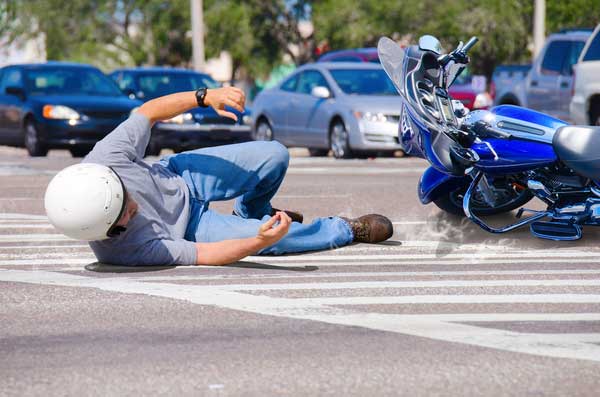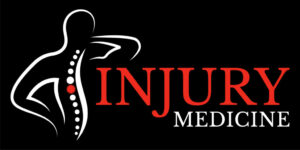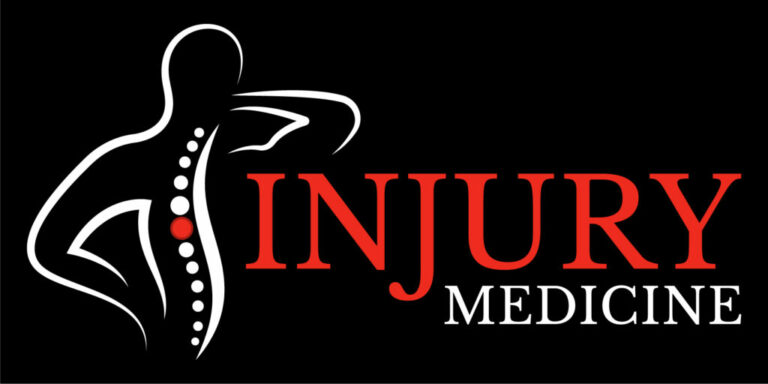- Diagnostic Imaging
After an automobile accident, you can’t be too cautious. And don’t forget that time is of paramount importance. It is easy to see that your personal injury case will be successful if you complete the following tasks: Remember that your insurance company will be notified if you do not seek medical attention after an accident. Not only can delays in getting medical attention damage your injury case but they could also cause additional suffering.
First, it is important to have as much documentation after a serious collision as possible. This includes taking photos at the scene, getting a copy of the accident report, and seeking immediate medical attention. These are essential for any personal injury claim. Diagnostic imaging is required for many injuries. This will support your case.
What is Diagnostic Imaging?
Let’s begin by explaining what diagnostic imaging is. Diagnose refers to the ability to diagnose or identify an illness or problem. Imaging is a tool that allows you to see or locate specific injuries. Generally speaking, diagnostic imaging is used to locate injuries after a car accident. This includes an X-ray, MRI, CT scan, and X-Ray. After a serious auto accident, many people will need diagnostic imaging to assess their backs, necks, and shoulders.
Every car accident is different, so each injury will be unique and require specialized attention. Before scheduling treatment, it is a good idea to ask your injury Clinic if they offer diagnostic imaging. Diagnostic imaging is not available at many accident clinics. You may have to visit another clinic or find a new doctor. You can manage your treatment more effectively and help you build your injury case by consolidating your treatments.
After a car accident, diagnostic imaging
There are many factors that can influence the severity of car accident injuries. Factors that contribute to car accident injuries include the speed of impact, age, severity or angle of impact, gender, and health of passengers. It is essential to properly diagnose your injuries in order to determine the best treatment after a collision. Diagnostic imaging can also be used to support your personal injury claim.
When it comes to complex collision injuries, there are many types of diagnostic imaging. Most Clinics will concentrate on diagnostic imaging used for car accident injuries. The most common diagnostic imaging options for injuries from car accidents include an X-Ray or MRI, Ultra Sound, and/or CT Scan.
After a Car Accident, X-Ray
An X-Ray may be required for minor accidents. An X-Ray may be required for common collision injuries, such as bone spurs, broken bones and fractures, Calcifications and dislocations, and general skeletal damage. An X-Ray can help your doctor pinpoint the exact location of the injury so that the appropriate treatment can be provided.
MRI after a Car Accident
An MRI uses radio waves and magnetic fields to identify nerve damage, muscle, tendon, ligament, and tendon. An MRI, on the other hand, is used to diagnose sprains and joint injuries. It can also be used to treat fractures and broken bones.
CT Scan following a Car Accident
A computed tomography (CAT) scan is a commonly used term. CT scans are similar to X-Rays. They use a variety of images to create an internal image of the body. The CT images can be used for a 3D representation, including organs, tissue, blood vessels, and bones.
Ultrasound following a Car Accident
Ultrasound, also known as medical diagnostic sonography, is another name for sonography. Ultrasound uses high-frequency sound waves to diagnose many medical conditions. Ultrasound is used to monitor blood flow and control inflammation.
Is insurance available to cover diagnostic imaging?
Most auto insurance covers any imaging required after a car accident. Depending on where you live, an attorney may be required to pay for the medical costs of an X-Ray and MRI. After a settlement has been reached, all medical treatment received will be documented in order to reimburse the claimant.
PIP, or No-Fault States, have a different method of billing for car accidents. PIP, or Personal Injury Protection, allows the treating doctor to collect directly from their insurance company without the assistance of an attorney. You can usually get the diagnostic imaging you need after an automobile accident. Ask your accident Physician questions about billing and diagnostic imaging.
What if I had an MRI or X-Ray in the Emergency Room?
Many patients visit the Emergency Room to receive diagnostic imaging. This is why so many people come to the Emergency Room after serious accidents. You may have an X-Ray or MRI during your visit to the emergency room. You will need to see an accident doctor for any follow-up care. You should inform your doctor about any diagnostic imaging that was taken in the Emergency Room.
Your Doctor may request imaging taken in an emergency room. This will assist in building your personal injury case and creating a detailed treatment plan. Your pain and suffering will play a major role in your injury claim. Your accident physician will gather as much documentation as possible about your injuries. You can request a copy of any imaging that was provided.
Second Opinion After Diagnostic Imaging
After any serious collision with a car, you can always get a second opinion. Many patients ask for a second opinion because not all doctors are the same. A second X-Ray or MRI may not be necessary for a second opinion. The insurance company might also question the need for duplicate imaging. Inform your doctor about any diagnostic imaging that has been done previously. A good accident physician will ask for copies of any previous imaging. This can be helpful when you seek a second opinion.
Contact Injury Medicine to Get Diagnostic Imaging After Your Accident
Essentially, it is important to protect your vitality and health after an accident. Diagnostic imaging can be very helpful. While you can fix a car and get a job, your health cannot always be easily fixed. If you or someone you care about was involved in an accident involving a car, semi-truck, or motorcycle, you should get the medical attention you need. Call Injury Medicine at 864-866-PAIN to get started.





